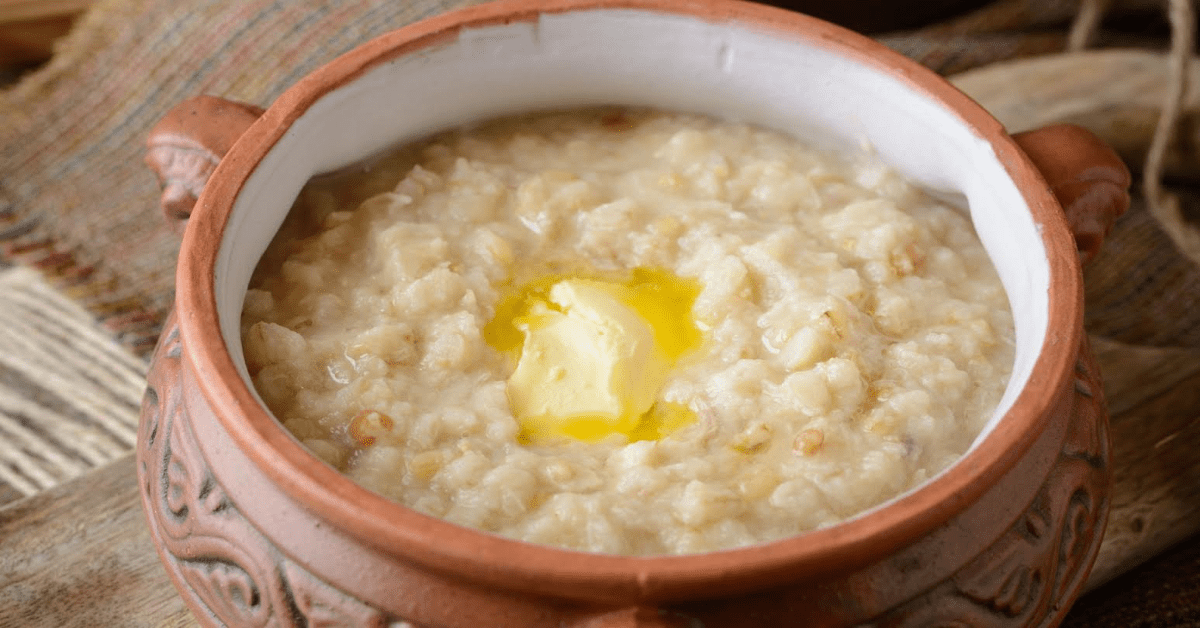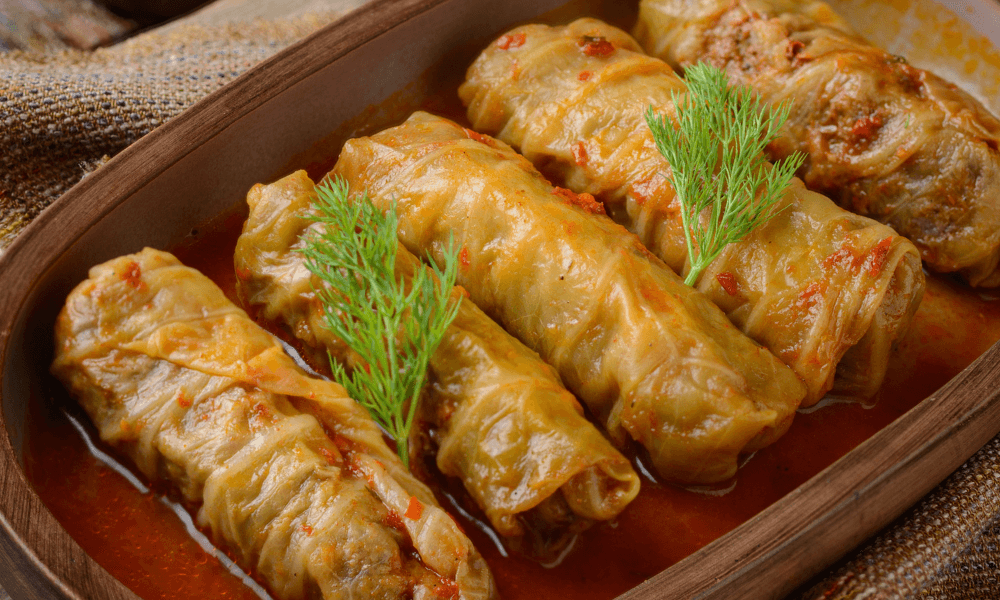
Armenian traditional food: harisa
Armenian cuisine holds a cherished place within the national culture, representing a vital component of Armenian identity.
The recipes for many dishes have remained unchanged over generations, passing down the rich culinary heritage. Renowned for its exquisite flavors, Armenian cuisine has captivated palates worldwide. Among the most beloved traditional dishes is harisa, a delightful porridge-like creation crafted from wheat and chicken meat.
The History of Armenian Arisa
The term “arisa” originates from the word “harel.” According to legends, after departing from the Choir of Virap in Vagharshapat, Gregory the Illuminator preached to pagans for 60 days before expressing his desire to feed the impoverished. Bulls and sheep were sacrificed for this purpose, and their meat, along with wheat, was placed in colossal pots over a hearth. Acting upon Lusavorich’s command to “harel zsa” (“beat it up”), brave individuals diligently mixed the meat and cereals in the cauldron. Thus, the dish acquired the name harisa, derived from “harel zsa.” As time progressed, the harisa cooking method underwent refinement, becoming less time-consuming. Presently, the process involves pre-soaking the cereal for 1-3 hours, subsequently adding chicken pieces atop the wheat groats, pouring water, and bringing it to a boil. Salt, pepper, and butter are often added for seasoning. Arisa possesses historical significance and holds a special place among the Musaler people. During the defense against the Turks, Armenians took refuge on Mount Musa. Surviving solely on wheat and meat for forty days, the Musalerites exclusively prepared harisa.
Recipe and Preparation
To prepare harisa, cut chicken meat into pieces and place it in a saucepan. Add wheat groats and pour water until the contents are covered by 4-5 centimeters. Once it reaches a boiling point, skim off any foam, reduce the heat, and allow it to simmer over low heat.
Cultural Significance in Armenian Cuisine
Arisa holds a significance beyond its delectable taste. It is frequently served during religious festivities and special occasions like weddings and baptisms. For countless generations, Armenians have regarded it as a symbol of unity and cohesion. Our ancestors and their forebears diligently prepared this dish, instilling it with a profound cultural legacy. During New Year’s celebrations, harisa is prepared differently, without stirring, in the hope that the coming year will be tranquil.
Beyond its cultural significance, harisa is renowned for its health benefits. This unique and flavorsome dish occupies a prominent place within Armenian cuisine. Its rich history and cultural importance have made harisa a cherished favorite among Armenians worldwide.
If you ever have the opportunity to visit Armenia, be sure to savor the delights of harisa and immerse yourself in the captivating tastes and traditions of this remarkable country. Whether seeking a nourishing and satisfying meal or simply desiring to explore the culinary delights and customs of Armenia, harisa is a dish that should never be overlooked.






